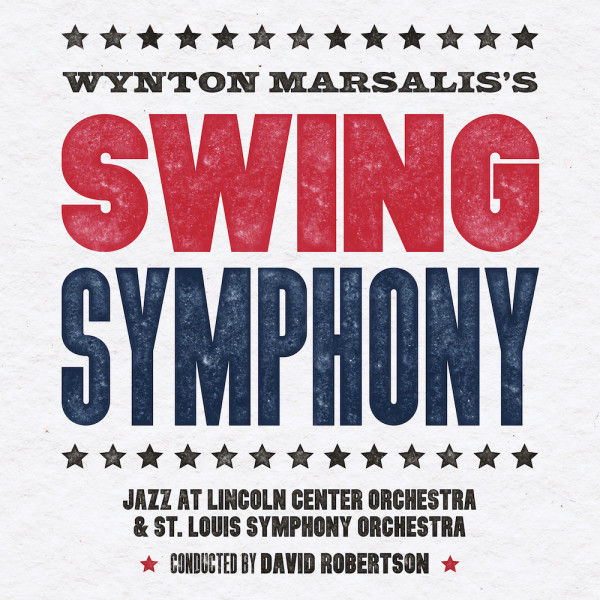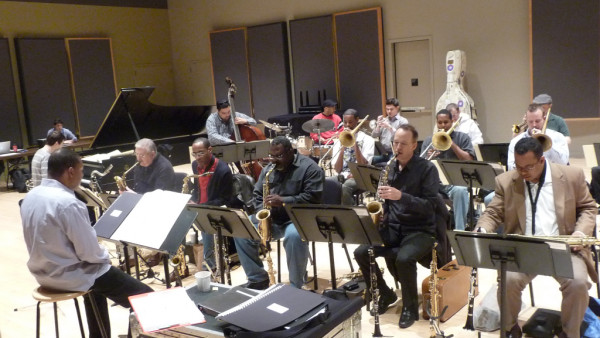Wynton Marsalis’s New ‘Swing Symphony’ is Brave, Even Heroic
The New York Philharmonic opened its new season this week with the American premiere of Wynton Marsalis’s “Swing Symphony,” a grand, sweeping work elementally disconnected from the world we live in, and its essential indifference to the era of its creation is one the composition’s uncommon attributes. It has nothing to do with contemporary life in the same manner that the fiction of William Trevor or the music of the young blues singer Shemekia Copeland confront the human experience in ways we associate another times.
It is too easy to mistake such a piece of work for mere nostalgia or sentimentalism. Marsalis, with this symphony, as with much of his work as both a composer and player, has set out to preserve a set of values—the tenets of individual expression employed with expertise and of originality in equilibrium with tradition, values that Marsalis has long seen as endangered by the decadence of contemporary pop culture. A musical Arnoldian, he is not deaf to the sounds of 2010 but, rather, sensitized to them and unhappy with what he finds. His response as an artist is to make the kind of musical art he finds scarce today—an art largely absent, but not obsolete. I’ve never agreed with Marsalis about very much. Still, listening to his new symphony at Lincoln Center on Wednesday night, I heard in its buoyant, infectious traditionalism something brave, even heroic.
The piece is a five-movement tour through jazz history from the sounds of Congo Square through the rise of bebop, with a final section of the sort of rigorously imaginative orchestral jazz that Marsalis makes with the Jazz at Lincoln Center Orchestra today. The idea of a uniting jazz and Western classical music is nearly as old as jazz, of course. It was 1924 when Paul Whiteman set out to “make a lady” of jazz by commissioning George Gershwin to compose for his orchestra what turned out to be “Rhapsody in Blue.”
Duke Ellington was experimenting with extended forms as early as 1935, when he issued his 12-minute “Reminiscing in Tempo” on a set of four ten-inch 78s, and his reputation as an artist worthy of the stature given to classical composers was evident in the way he was depicted in the film short, “Symphony in Black,” released the same year. (The composition was put together, in part from existing pieces, for the film, and it was never intended for symphony orchestra.) Near the end of his life, Ellington was composing (with some musical assistance from the Julliard-trained Luther Henderson and others) for the New York Philharmonic (and other symphonies around the world), conducting in the same hall that presented Marsalis’s piece this week.
Yet the notion persists, particularly among those who have not heard the music, that the very idea of a swing symphony is misguided pretension. The fact is, pretense is a function of intent, not scale, and I’ve heard more posturing in half a minute of music played by one or two musicians at the Stone, John Zorn’s performance space in lower Manhattan, than I heard in the five movements of this Marsalis piece. It is ambitious, but not glibly, trendily so. As I listened to the “Swing Symphony,” I thought of how easy it would be for a composer granted access to the Philharmonic to go vogue, appropriating the sounds of the day by, say, incorporating elements of hip-hop or “world” music. I am hardly an apologist for Wynton Marsalis. I’m fighting here the proposition that to make a big, ambitious work steeped in abandoned values is something to apologize for.
By David Hajdu
Source: The New Republic


